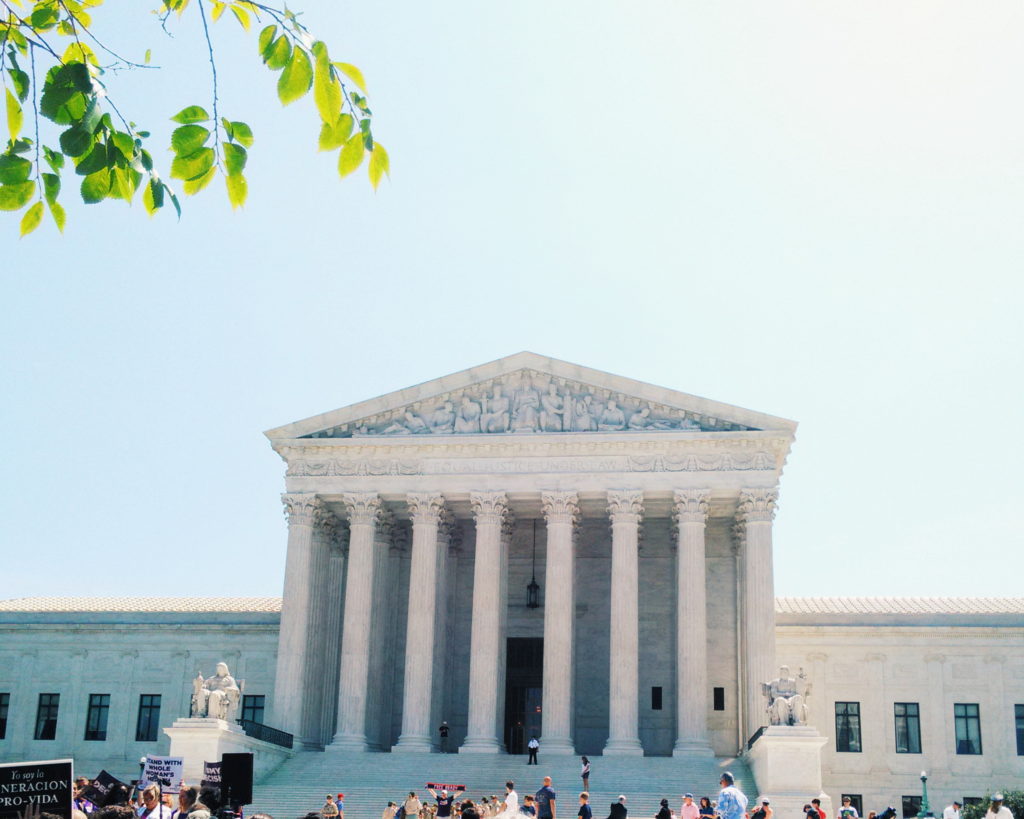What It Takes to be a Supreme Court Reporter

Should you really “write what you know” as the age-old saying goes? Sure, if you studied law and a little bit of Latin.
But who benefits from that? Cui Bono?
Journalists covering the Supreme Court of the United States (SCOTUS) are taking the aforementioned cliché to heart, writing what they know as they cover complex cases and write about present-day issues.
If you hope to — one day — cover SCOTUS cases, you might want to brush up on U.S. history, economics and humanities. Legal terminology and Latin? Highly recommended. Supreme Court correspondents must be well-versed in these and other subjects before they even begin their writing and reporting.
SCOTUS reporters have a “tough job,” author James Swanson said during Wednesday’s Scholars & Scribes event at The Heritage Foundation in Washington, D.C. “It’s not even enough anymore to report case by case,” Swanson said.
Supreme Court reporter Adam Liptak of The New York Times tells Accuracy in Media the most challenging court stories he covers tend to be regarding “technical” cases like RJR Nabisco Inc. v. The European Community. “It’s the social issue cases that are a lot easier,” Liptak said.
Liptak studied English at Yale University and returned a year later to get a degree in law. He says having that background has helped him in his journalism career, because he’s able to “rely on the jargon.”
As Liptak works heavily on explanatory writing and reporting, he keeps stories fresh by researching and becoming even more familiar with the cases.
“The best thing you can do is master the material so that you are confident,” he said.




